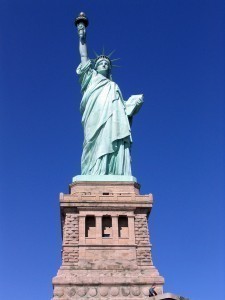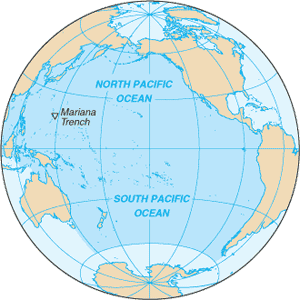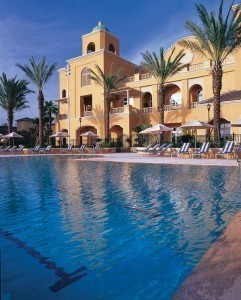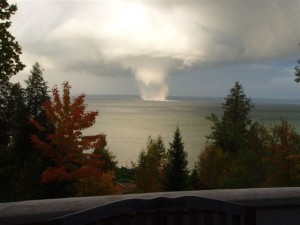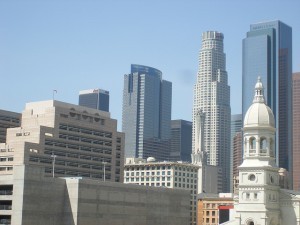How big is Khajuraho Temple?
Considered as one of the 7 wonders of India, the Khajuraho 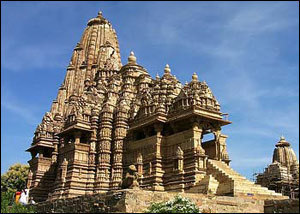 Group of Monuments is among the country’s most popular tourist spots. Located in the city of Khajuraho, it is famous for having the largest grouping of Hindu and Jain temples in the world.
Group of Monuments is among the country’s most popular tourist spots. Located in the city of Khajuraho, it is famous for having the largest grouping of Hindu and Jain temples in the world.
The city of Khajuraho was once the capital of the Chandela Empire, which ruled central India’s Bundelkhand region from the 9th to13th centuries. Its ancient name was Kharjuravahaka, taken from the name of the date palm tree, Khajur, and the Sanskrit word Vahaka, which means “one who carries.” Built during the Chandela Empire’s peak, the Khajuraho temples were constructed within a period of 100 years, from 950 to 1050 AD.
Covering an area of approximately 8 sq mi (20 sq km), there had originally been some 85 (or more) temples, only 25 of which still remain standing. Each of the Khajuraho temples are adorned with numerous murals, shrines and sculptures portraying ancient gods and goddesses, as well as paying tribute to the glory of the Chandela Empire. Meanwhile, the temples’ exteriors are carved with statues depicting the everyday activities of typical Indian people. However, many of these carvings also depict people engaging in sexual practices.
According to legend, the Empire was founded by Chandravarma, who was conceived when a Brahmin priest’s daughter, Hemavati, was seduced by the Moon God as she was bathing. After he had established his reign, Chandravarma would order the construction of the temples, being told to do so in a dream by his mother. Supposedly, the erotic statues served the purpose of illustrating human desires and passions in order to make one realize how ultimately empty the pursuit of such passions are. There are those, however, who believe that the sculptures are really a celebration of eroticism. There is another hypothesis that they actually served as a sexual study guide for boys who had lived an isolated existence in hermitages, to prepare them for the ways of the world once they have reached manhood and are sent away to become householders and husbands.
The Khajuraho temples are classified according to three geographical divisions. The first is the Western Group, which includes the temple of Kandariya Mahadeva, Chausath Yogini, Chitragupta Temple, Vishvanath Temple, Lakshmana Temple, and Matangeshwara Temple. The Eastern Group includes Parshvanath Temple, Ghantai Temple, Adinatha Temple, Brahma Temple, Vamana Temple, and Javari Temple. Among the Southern Group are Duladev Temple and Chaturbhuja Temple.
The largest Khajuraho temple is the Western Group’s Kandariya Mahadeva. It was constructed sometime in 1050 AD by Vidyadhara, who is considered by many as one of the Chandela Empire’s greatest kings. Towering at a height of 31 m, it is regarded as among the best preserved of the temples from India’s medieval era.
